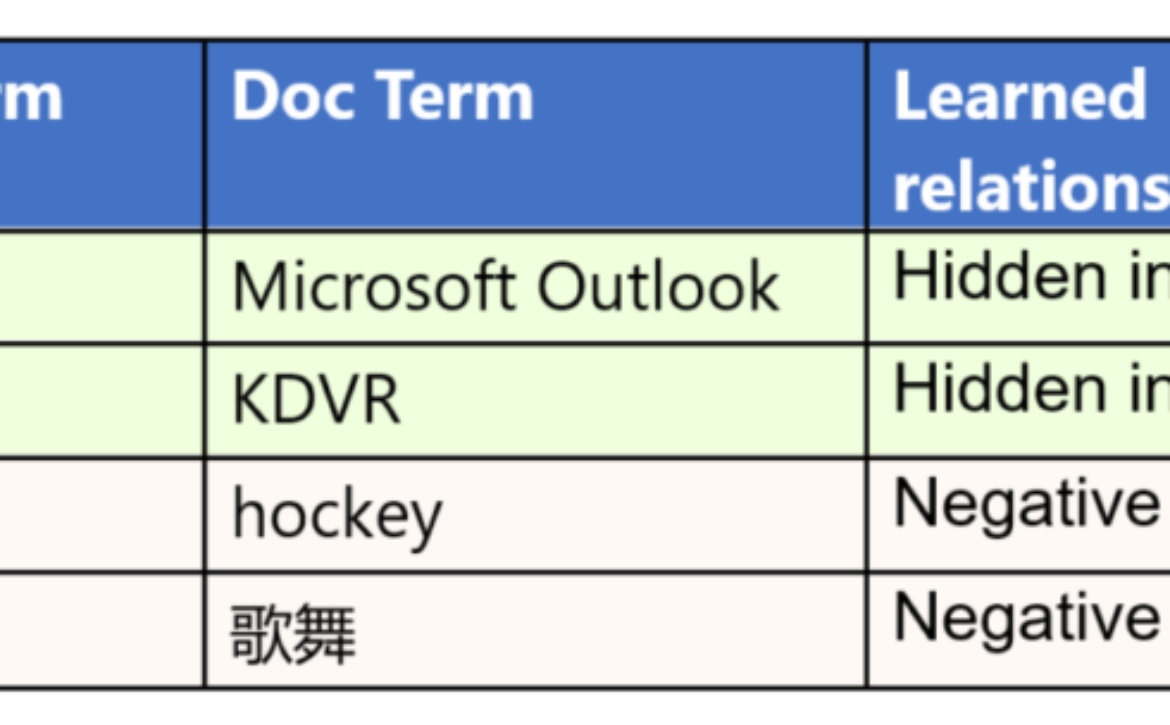Search Engine Land’s daily brief features daily insights, news, tips, and essential bits of wisdom for today’s search marketer. If you would like to read this before the rest of the internet does, sign up here to get it delivered to your inbox daily.
Good morning, Marketers, and welcome back.
I hope my US friends had a good holiday yesterday. Labor Day was created as a tribute to the contributions and achievements of American workers. Essentially: y’all do great work; here’s a day off.
In that vein, a Labor Day break feels especially needed after the past year and a half of lockdown, at-home school, and constant vigilance. Plus, as search marketers, this past summer was relentless in terms of algorithm updates, big SERP changes, and automation announcements. Now we’re in the final stretch before the holiday season ramps up.
Take what’s left in September to take stock, count your wins, make your lists, and gird your loins for the final push before we can chill. (I hope I didn’t just jinx 2022).
Carolyn Lyden,
Director of Search Content
Bing’s content submission API is now available to everyone
Microsoft has opened up its Bing content submission API after over two and half years of it being in a private beta. The content submission API is different from the Bing URL submission API, in that the content submission API lets you submit not just your URLs but also your content, images, HTML and more directly to Bing’s index. “The API provides the ability for webmasters to notify Bing directly about the changes in their site content in real-time,” Microsoft said.
Why we care. This solution not only helps expedite indexing for your new or updated URLs like the Content Submission API offered, but it also bypasses the crawling of that content and lets you submit content directly to the search engine. This solution might be something you want to test out on your sites or client sites and see if it makes a big difference on indexing and your server resources.
Read more here.
ETA and RSA Q&A
Last week in our newsletter we included Twitter conversations about pinning in RSAs to mimic ETAs after Google Ads sunsets the latter. On Friday, Brad Geddes continued the conversation by asking Ads Liaison Ginny Marvin, “Since Google recommends 2 ETAs & 1 RSA and has never recommended more than 1 RSA per ad group. Will the number of ads per ad group become restricted with this change? Will we be allowed to run 2-3 RSAs in an ad group?”
“It’s recommended to have at least one responsive search ad in every ad group in your Search campaigns by June 30, 2022. There’s a limit of 3 enabled responsive search ads per ad group,” Marvin replied. She added that there won’t be plans to restrict the number of RSAs to only one per ad group upon clarification by Geddes.
Later Geddes tweeted screenshots of reporting showing why advertisers want more control with RSAs (a callback to the pinning tweets last week). “This is an RSA with ‘excellent’ ad strength. When it was paused, this ad group’s conversions almost doubled due to G serving the highest CTR ad the most and not the one that converts the best. I have 1000s of these examples,” he wrote.
“Sooo important. I open quite a few accounts these days where the only ad that’s in there is a single Responsive Search Ad. There are so many holes in that approach. Just because Google is ‘testing’ your ad assets for you, it doesn’t mean you should only run one ad,” added Andrew Lolk, founder of Savvy Revenue.
Why we care. The conversations that Ads experts are continuing to have present thoughtful questions (and answers) to how advertisers will have to change and adjust. We’ll have to think outside the box in some aspects of the shift away from ETAs, and these are all things PPC marketers can test in the coming months to prepare their clients for the major change that’s headed our way.
Search Shorts: Skip the ads on Bing, turn off personalized ads on iOS
Bing Search tests a “Skip To Web Results” button. Microsoft Bing is testing a feature to let searchers skip down to the web results, past the ads, past the knowledge panels and direct answers and people also ask boxes and just see those web results.
Apple has launched a new pop-up in iOS 15 to allow users to turn on or off personalized ads within the App Store and other Apple apps. “Personalized ads in Apple apps such as the App Store and Apple News help you discover apps, products, and services that are relevant to you,” says the pop up. “We protect your privacy by using device-generated identifiers and not linking advertising information to your Apple ID.”
This year’s edition of the MarTech Replacement Survey is free to download and requires no registration.
The first MarTech Replacement Survey in 2019 showed just how frequently marketing organizations replaced technology. The survey found homegrown platforms were often displaced by commercial, out-of-the-box applications. This had a direct effect on hiring, as most respondents said they had recruited new teams to run the platforms they were installing.
Since then, the COVID-19 pandemic has gripped the world, forcing us more closely to embrace digital operations. We know that many digital-first businesses thrived during the pandemic, but questions remained about how the disruption of the past year-and-a-half affected marketing technology decisions.
This year’s report, the result of a survey fielded through April and May of 2021, answers several of those questions.
Of the 374 marketers who answered our survey, 252 told us they replaced a marketing technology application in the past year, representing 67% of respondents. For the most part, organizations were upgrading from one commercial solution to another — and the upgraded solutions were exactly the kinds of technologies you’d expect given how digital transformation picked up during the pandemic.
Read more here.
What We’re Reading: When your biggest clients don’t heed your warnings
Banksy’s web administrators were warned about a security issue in the site — and then a few days later hackers scammed a buyer out of $336,000.
“On Tuesday a piece of art was advertised on Banksy’s official website as the world-renowned graffiti artist’s first NFT (non-fungible token). A British collector won the auction to buy it, before realising it was a fake. A cyber-security expert warned Banksy that the website could be hacked, but was ignored,” said Joe Tidy for the BBC.
This seems to be an age-old issue with development and marketing. Marketers make critical recommendations to our clients and stakeholders. We tell them what could happen if they do nothing. Only some (or none!) of the recommendations are implemented. And what we said would happen… happens.
The hope is that they take heed before something bad happens, but if not, that we can get them on board and help them fix it afterward, at a minimum. But if you’re feeling frustrated, just know that even Banksy doesn’t take every recommendation.
The post Now you can speed up your site indexing in Bing; Tuesday’s daily brief appeared first on Search Engine Land.




